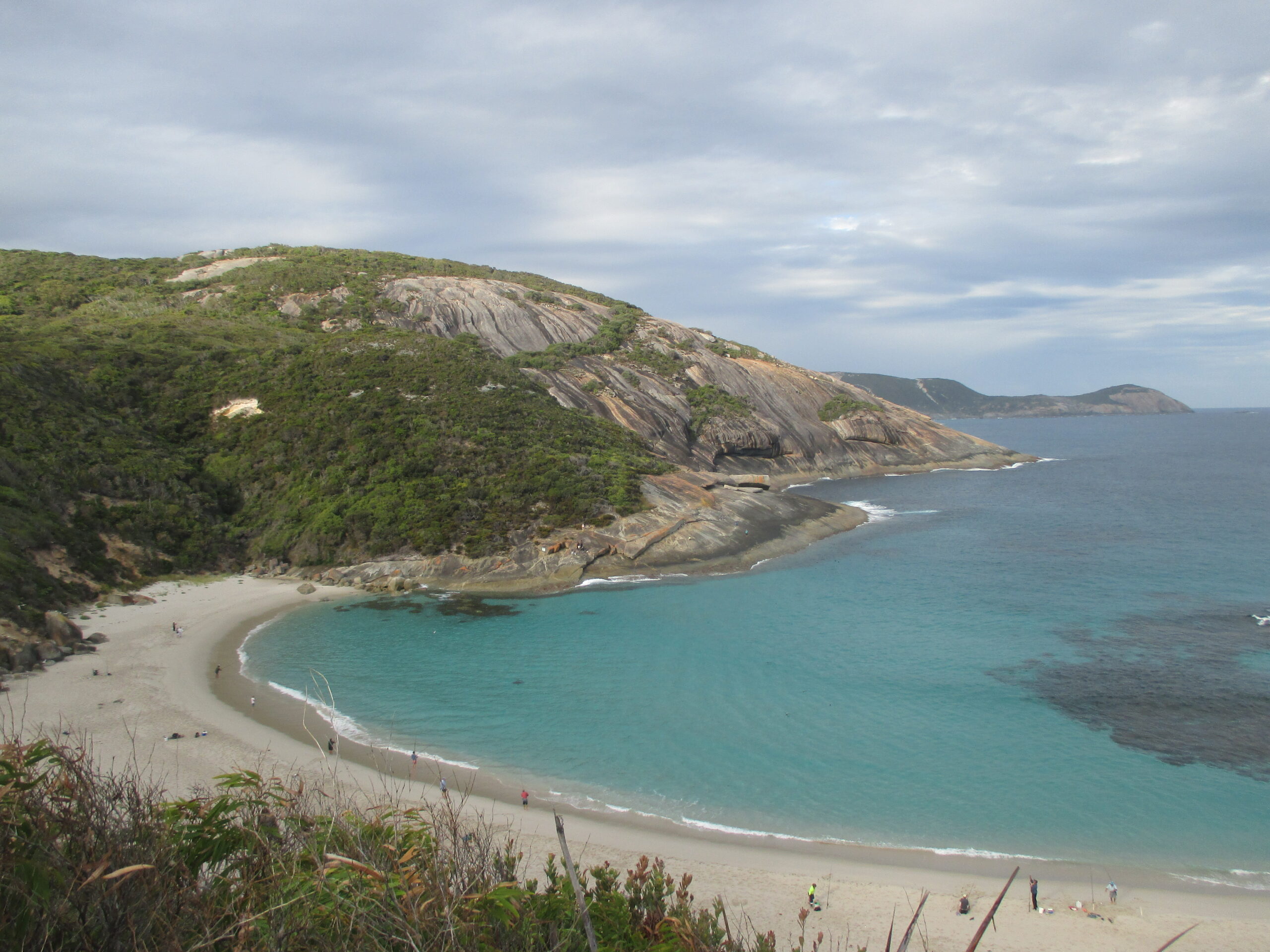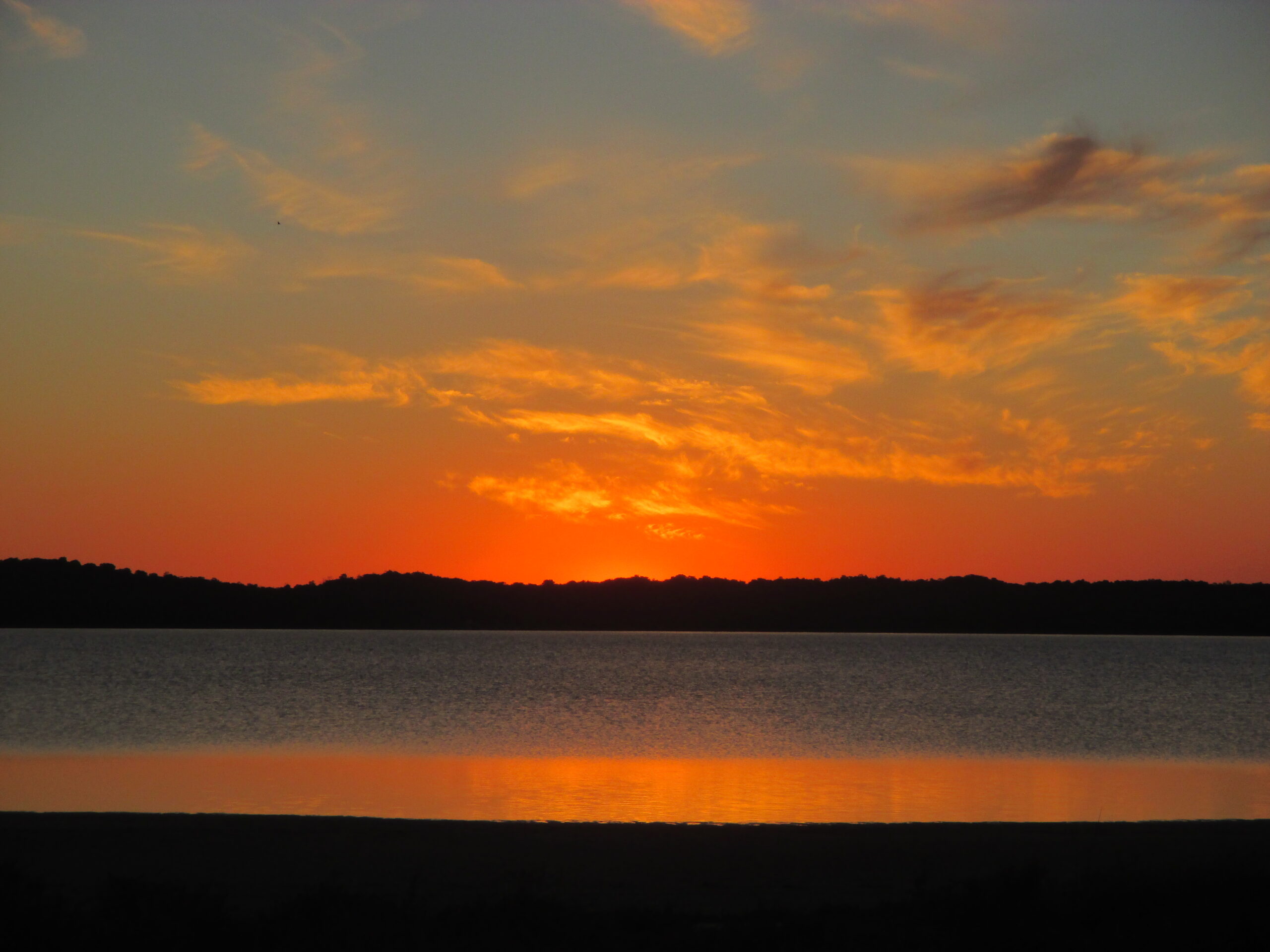Southwest Australia: Road trip
Time to leave
It was my second encounter with the police within a few minutes. I had already been warned that I couldn’t drive my scooter on the pavements – only official posties were allowed, according to this police officer. I protested that it meant I wouldn’t be able to do my work, but they took my details and warned me of consequences if I did it again.
It didn’t take much encouragement for me to tell my employer I couldn’t continue work for him anymore. I had been in Australia for just one month and this was my fourth week of delivering junk mail around a suburb of Perth. The job served its purpose; I had saved a bit of money. Now, it was time to move on.
A chance to travel
I moved out of the hostel I was staying in city centre and stayed with relatives who lived just outside the city limits. They had a contact with a orchard owner in Southwest Australia who agreed to give me a chance at fruit picking when the season started – in two weeks. I spotted a perfect opportunity for a road trip.
With my savings, I had just enough to buy a cheap car and survive – on a very tight budget – until the farm work started. I planned a loose route around the many attractions of Southwest Australia – including beautiful sandy beaches, several National Parks, and the iconic Wave Rock.
The trip started in Perth and I headed south, via vast forests, to the coastline – having to face one precarious night on the road.
I continued to explore the magnificent coastline, as well as natural beauty spots inland, surviving more car trouble along the way.

